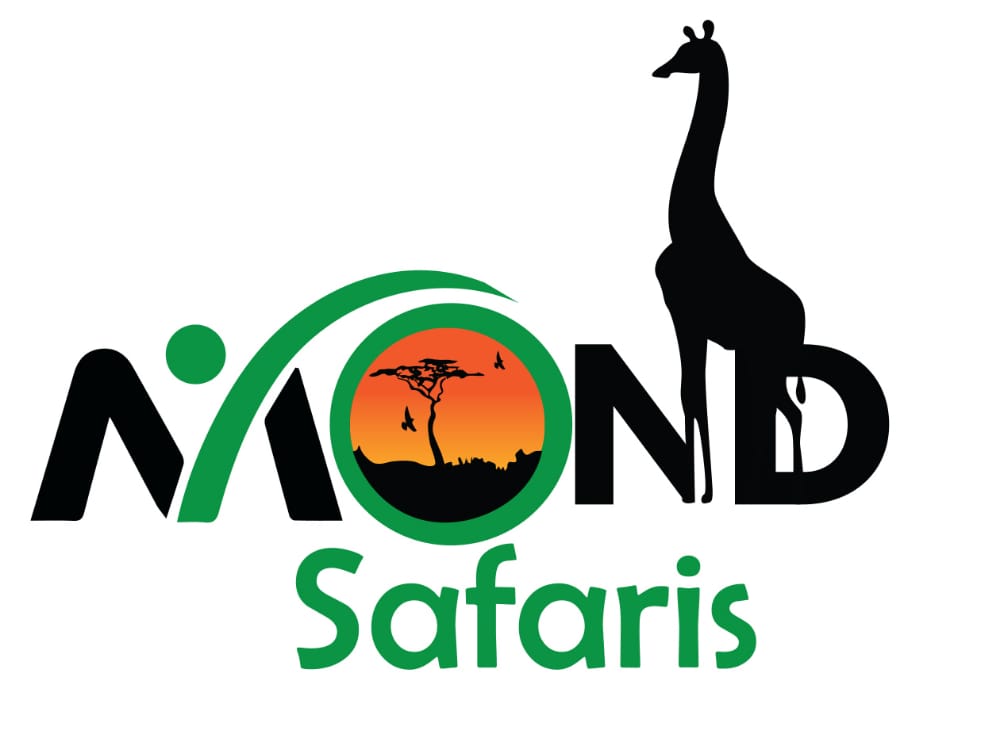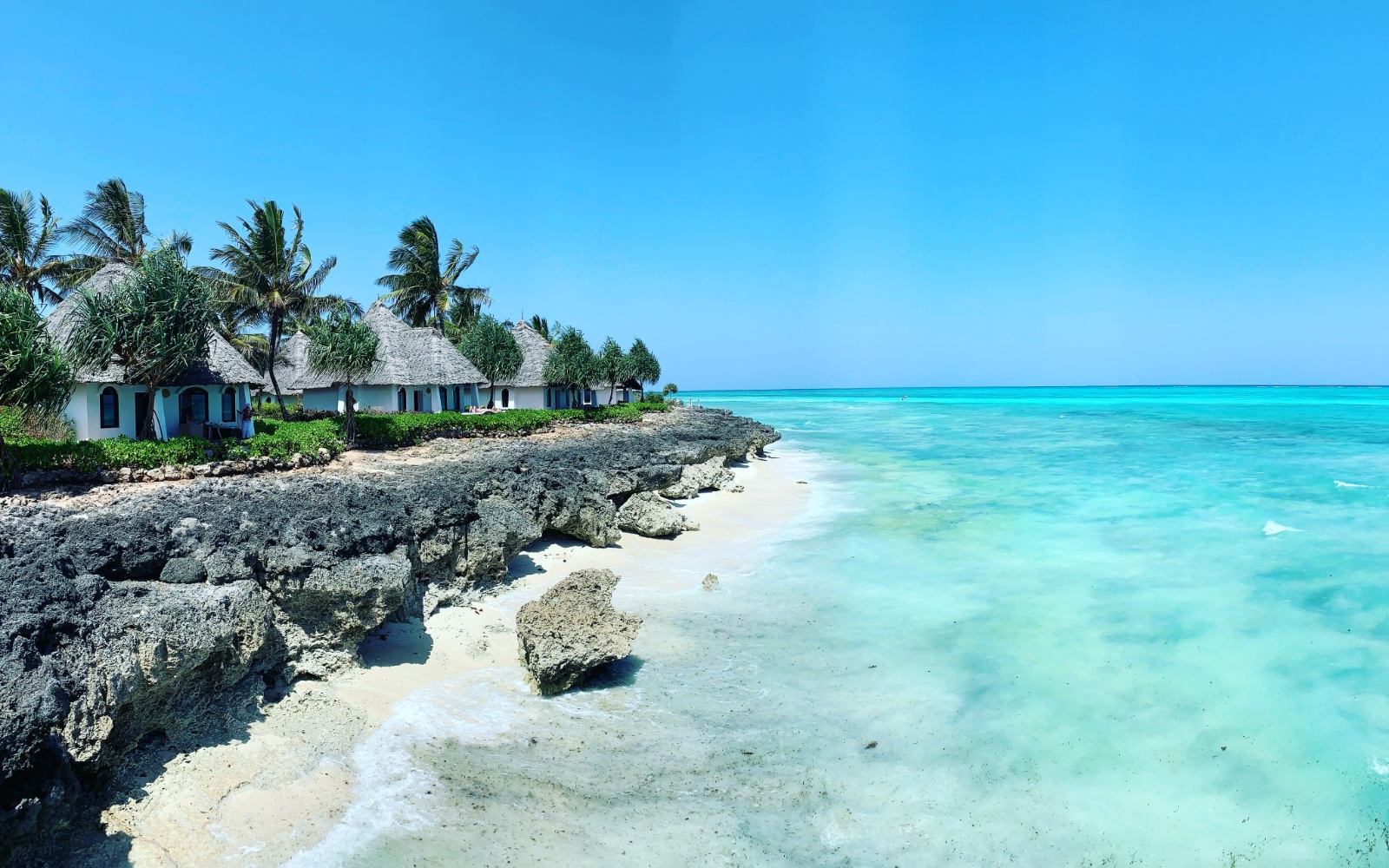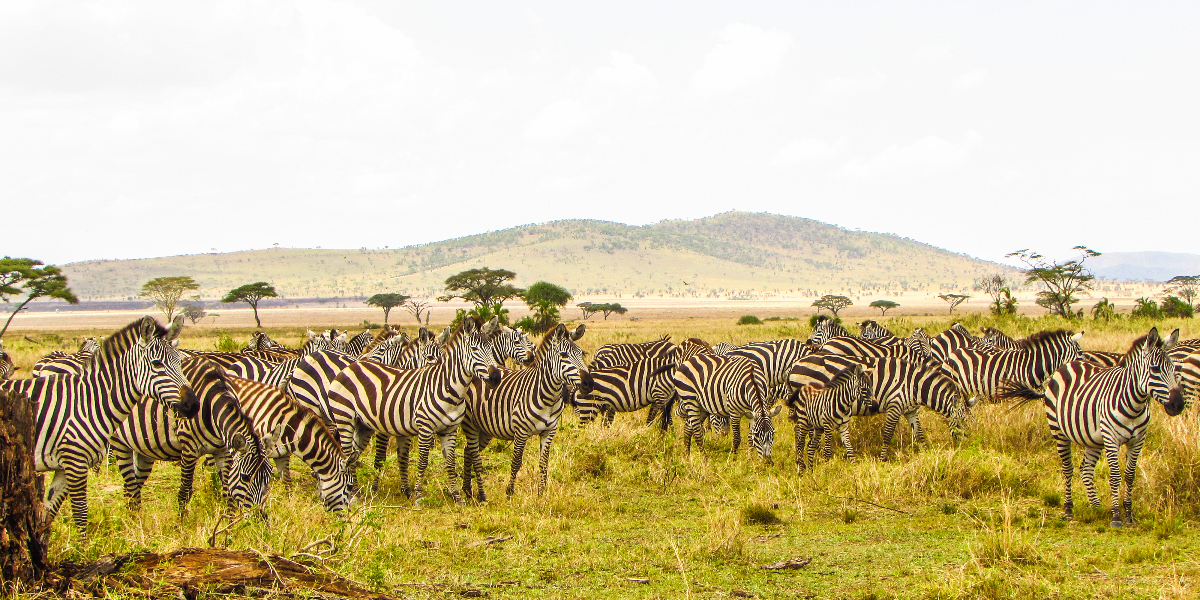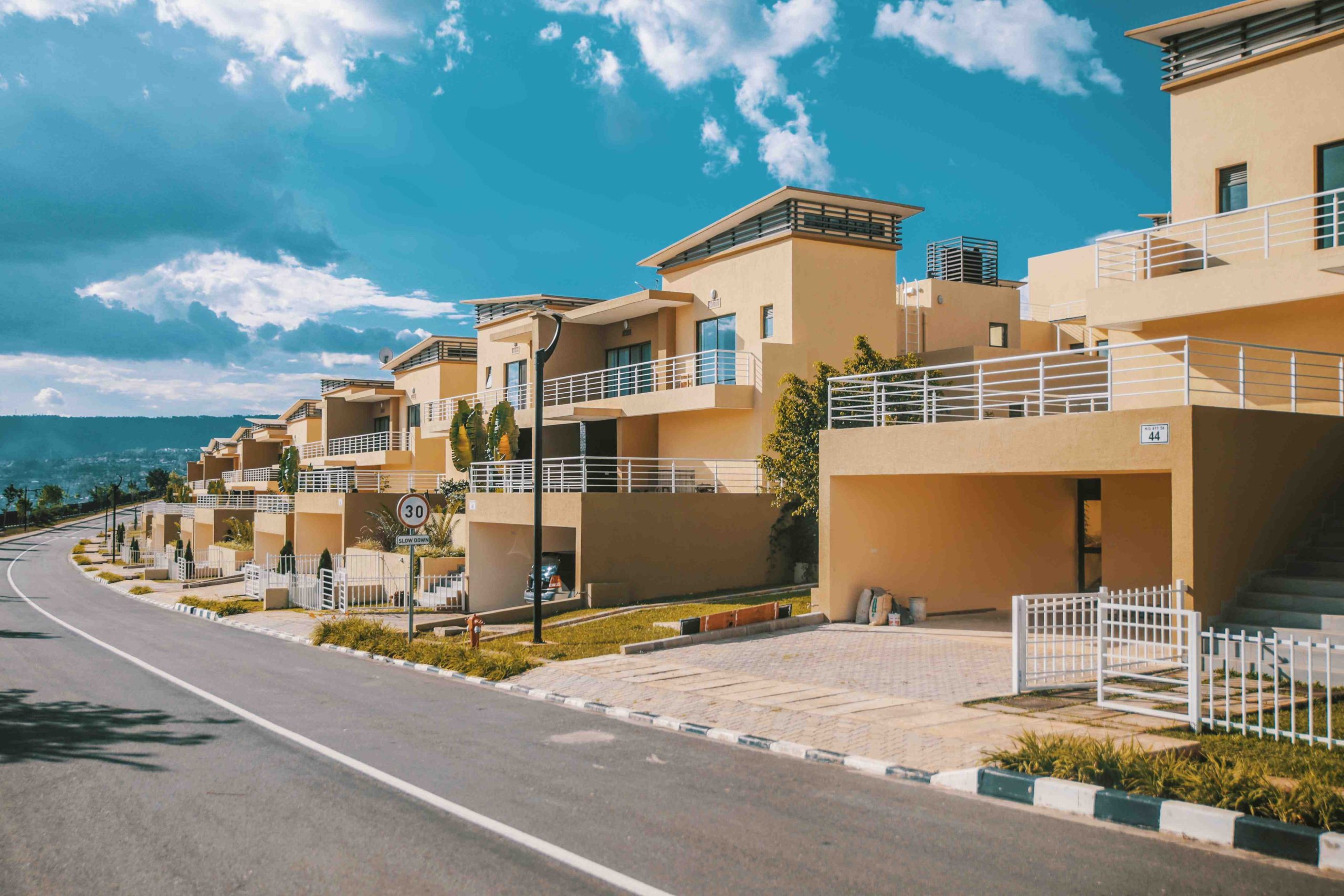Embark on an African adventure like never before as we unveil the top 7 best…

Lake Victoria in Uganda
Lake Victoria in Uganda
Lake Victoria in Uganda is the largest of all African Lakes and also the second-widest freshwater body in the world. Its extensive surface belongs to three countries; the northern half of Uganda, the southern half to Tanzania, and part of the northeastern sector to Kenya. The lake occupies a wide depression near the equator, between the East and West Great Rift Valleys, but its drainage basin is relatively small, being slightly less than three times the lake’s surface in area. The lake water is drained at a rate of about 600 m3 sec-1, at Jinja on the northern shore, into the Victoria Nile which flows northward via Lake Albert and the White Nile forming the uppermost reaches of the Nile River.
The lake shore is highly indented, and there are many isles in the lake, some of which, especially the Sesse Group, are known for their beautiful landscape, health resorts and sightseeing places. Abundant prehistoric remains found around the lake indicate the early development of agriculture. There are a number of coastal towns such as Kisumu (Kenya), Entebe (Uganda), Bukoba, Muwanza and Musoma (Tanzania), connected with each other by ship routes and also to the cities of the Indian Ocean coast by railways. The dam constructed in 1954 at Owen Falls on the Victoria Nile supplies electricity and water for various uses in Uganda and Kenya.
The region of Lake Victoria is home to many mammal species, including the hippopotamus, the marsh mongoose, and the giant otter shrew.
It also contains reptiles such as the Nile crocodile and the African helmeted turtle, and many crustaceans, including 4 different species of freshwater crab.
Lake Victoria contains over 200 species of fish and the haplochromine cichlid is the main endemic group. However, many species have become extinct in the last 50 years and scientists estimate that Lake Victoria’s indigenous fish species have decreased by 80%.
What to do at Lake Victoria.
Ssese islands
The Ssese Islands are a secret paradise of white sandy beaches and sapphire waters in the north-west of Lake Victoria. This unique archipelago of 84 islands is unmissable for adventurers who want to unwind in a remote utopia.
Bugala Island is the most developed of the Ssese Islands, and it is easily accessible from Entebbe via ferry. You can enjoy a range of activities at Bugala, from quad biking, to fishing and birding.
Banda Island is more remote, and the island has a beautiful simplicity. Escape other travelers and savour meditative walks along the beach, immersing yourself in your idyllic surroundings.
Uganda wildlife Education Centre (UWEC) Entebbe zoo.
Situated on the shore of Lake Victoria, this is a great adventure for any animal lover the Entebbe zoo.
Whether you watch chimpanzees swinging through the trees or lions patrolling their territory, the zoo is a great way to learn more about a range of animals species.
We recommend the ‘behind the scenes’ tour which provides insight into how the center cares for its animals. The tour allows animal lovers to get even closer to the lions and elephants.
Ngamba chimpanzee sanctuary.
Ngamba Island Chimpanzee Sanctuary cares for 50 orphaned chimpanzees which have been rescued across East Africa. Ngamba Island is located around 27 kilometers south-east of Entebbe and is one of Lake Victoria’s most popular islands.
The sanctuary is run by The Chimpanzee Trust, an NGO which aims to sustainably protect chimpanzees and offer captive care for chimps which cannot survive in the wild.
You can choose between half and full day trips to the sanctuary and chimp enthusiasts can even spend the night at Ngamba.
Mabamba swamp
Mabamba is home to over 300 bird species, including the enigmatic Shoebill.
Birding in Mabamba is a great experience. You will climb aboard a traditional canoe, and a local guide will weave through the maze of channels whilst educating you about the local ecosystem and the best photography spots.
You have the highest chances of seeing the Shoebill in the early morning, but you can also expect to see other remarkable species like the African marsh harrier.
The best time to visit Lake Victoria for birding, fishing, and biking is during the peak season of June to October.
During the dry season, fewer water sources are available inland, causing a greater variety of birds to gather at Lake Victoria. Paths and biking trails will be drier and safer during these months.

Book with us a trip to Lake Victoria in Uganda



